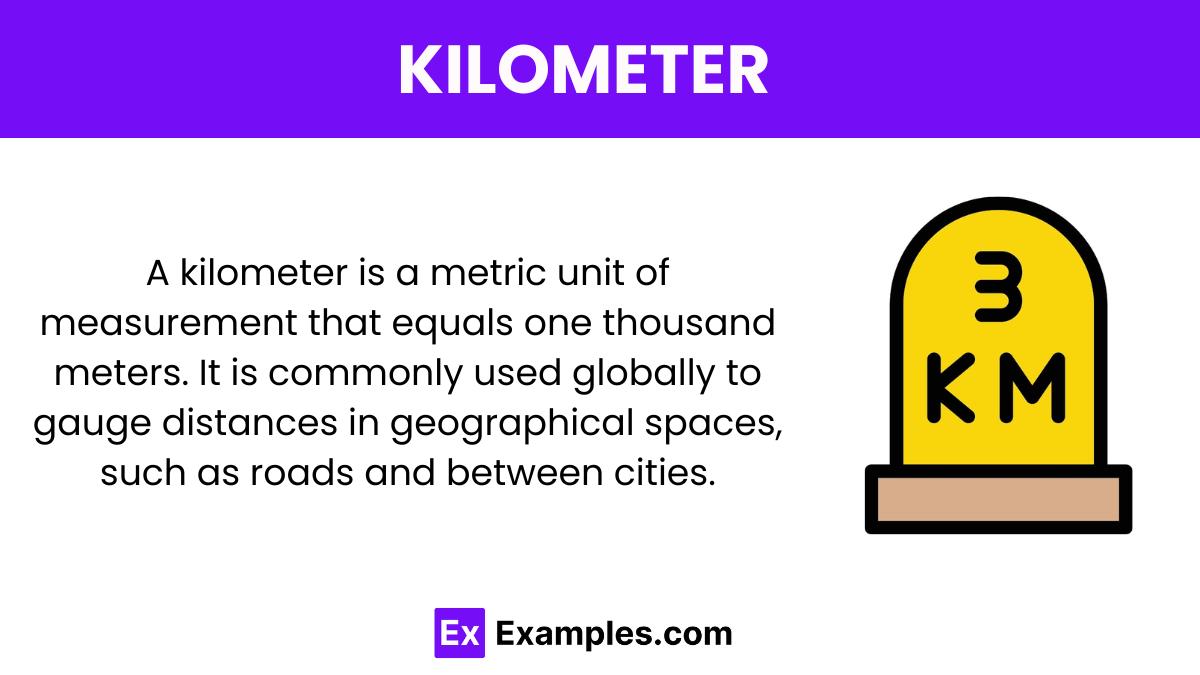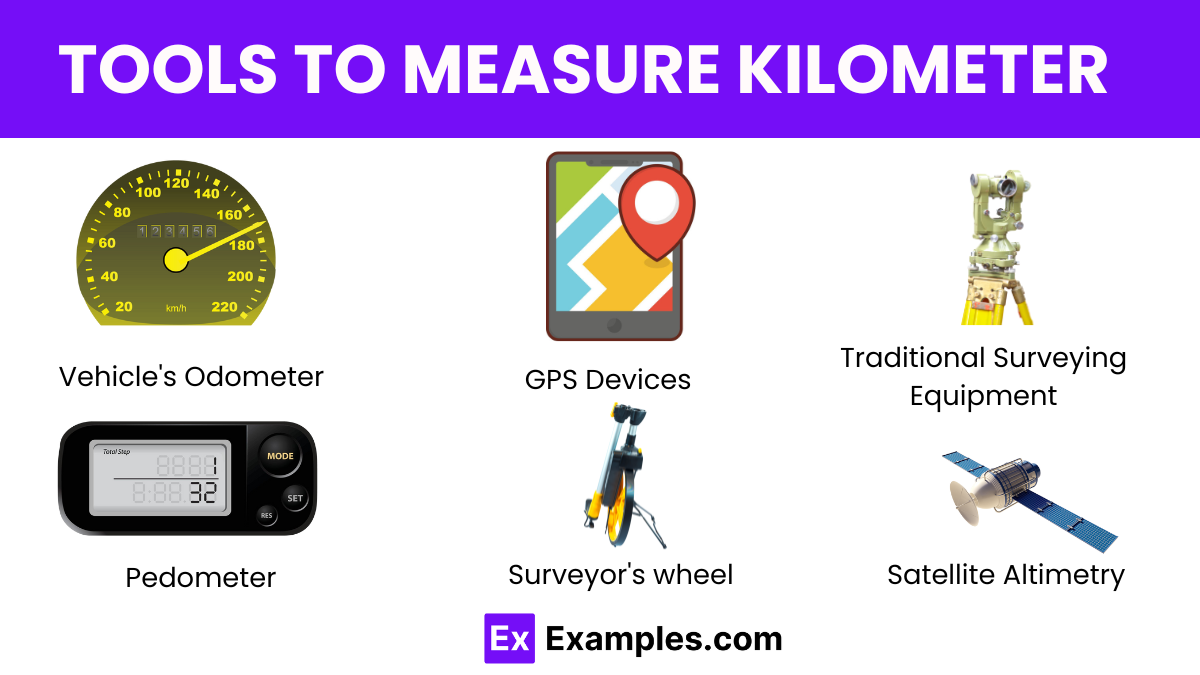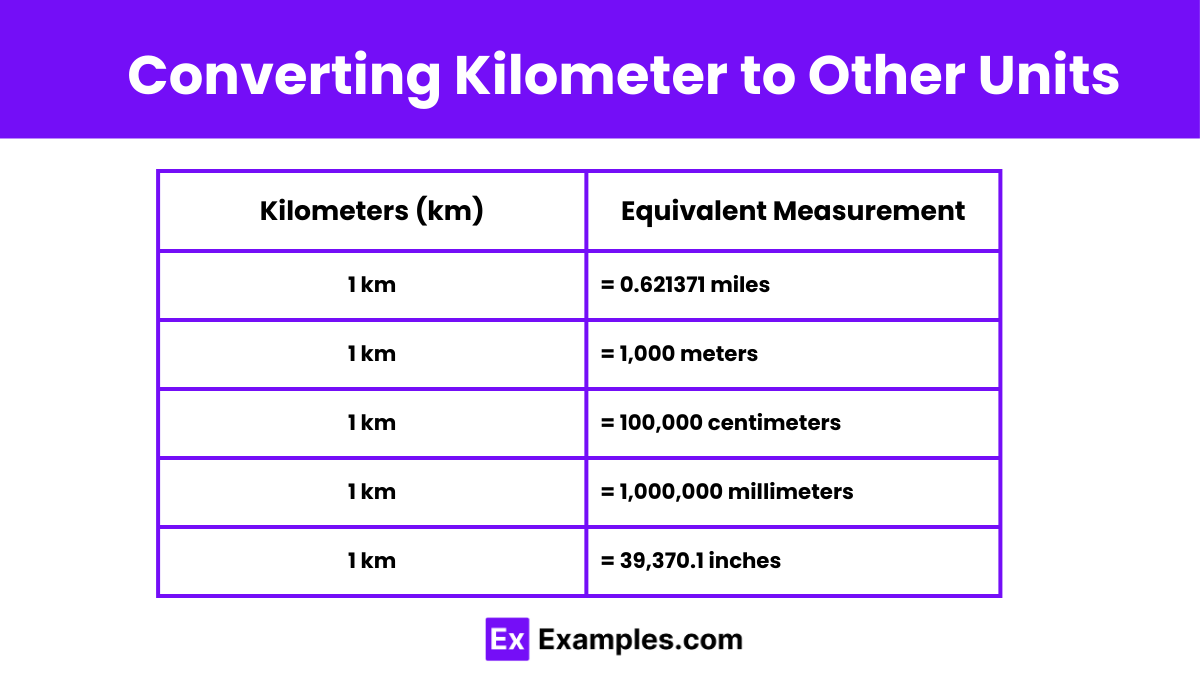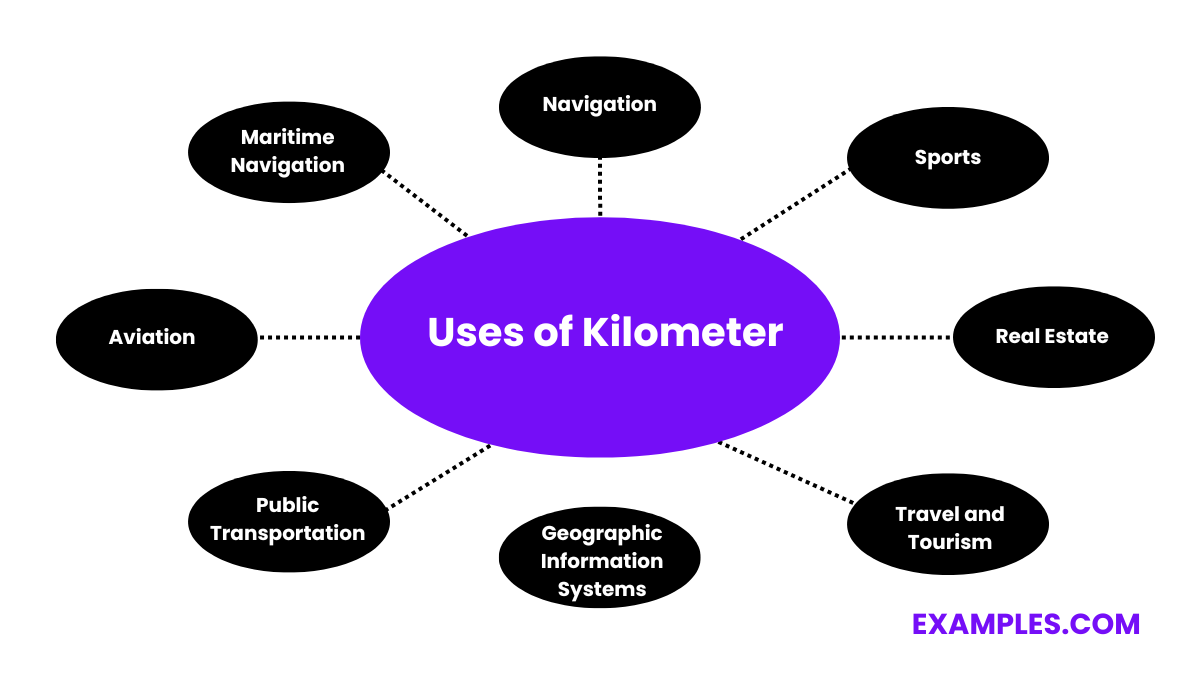How many meters are there in 5 kilometers?
500
5,000
50,000
500,000

The kilometer is a unit of length in the metric system, equivalent to one thousand meters. Commonly used worldwide, it measures distances between geographical locations and in various fields such as engineering and transportation. This guide provides an overview of its usage, significance, and practical examples to illustrate how kilometers are integral to understanding and navigating the space around us. Learn the basics of this essential measurement unit to better comprehend distance in everyday life and professional settings.
A kilometer is a metric unit of measurement that equals one thousand meters. It is commonly used globally to gauge distances in geographical spaces, such as roads and between cities. The kilometer is essential for mapping, travel, and scientific studies, providing a standardized measure for calculating space efficiently.

Measuring a kilometer involves various tools and techniques, depending on the context and accuracy required. Here are some common methods used to measure a kilometer:
Each of these methods can be employed based on the situation, with tools ranging from simple pedometers to sophisticated GPS devices, ensuring measurements are both accessible and accurate for everyday needs and professional applications alike.

| Kilometers (km) | Equivalent Measurement |
|---|---|
| 1 km | 0.621371 miles |
| 1 km | 1,000 meters |
| 1 km | 100,000 centimeters |
| 1 km | 1,000,000 millimeters |
| 1 km | 39,370.1 inches |
| 1 km | 3,280.84 feet |
| 1 km | 1,093.61 yards |
| 1 km | 0.539957 nautical miles |
This conversion table helps in understanding the relative values of a kilometer when compared to other units used in various contexts, such as navigation, athletics, and common daily usage.
Certainly, here are the conversions from kilometers to various units, each with an example:
1 kilometer = 100,000 centimeters.
To convert kilometer to centimeters, multiply the kilometer value by 100,000.
Example: 2 km is 2 x 100,000 = 200,000 cm.
1 kilometer = 1,000 meters.
Multiply the kilometer value by 1,000 to convert to meters.
Example: 3 km equals 3 x 1,000 = 3,000 meters.
1 kilometer = 1,000,000 millimeters.
Multiply the kilometer value by 1,000,000 to convert to millimeters.
Example: 0.5 km is 0.5 x 1,000,000 = 500,000 mm.
1 kilometer = 0.621371 miles.
Multiply the kilometer value by 0.621371 to convert to miles.
Example: 5 km is 5 x 0.621371 = 3.106855 miles.
1 kilometer = 1,093.61 yards.
Multiply the kilometer value by 1,093.61 to convert to yards.
Example: 4 km is 4 x 1,093.61 = 4,374.44 yards.
1 kilometer = 3,280.84 feet.
Multiply the kilometer value by 3,280.84 to convert to feet.
Example: 7 km equals 7 x 3,280.84 = 22,965.88 feet.
1 kilometer = 39,370.1 inches.
Multiply the kilometer value by 39,370.1 to convert to inches.
Example: 1 km is 1 x 39,370.1 = 39,370.1 inches.
1 kilometer = 0.539957 nautical miles.
Multiply the kilometer value by 0.539957 to convert to nautical miles.
Example: 6 km is 6 x 0.539957 = 3.239742 nautical miles.
These conversions help in understanding how distances measured in kilometers can be expressed in various other units, useful across different contexts and applications.

The kilometer, as a unit of measurement, plays a crucial role in various applications across multiple fields. Here are some common uses of kilometers:
These uses illustrate the importance of the kilometer in everyday life, industry, science, and beyond, making it a fundamental unit for measuring distance globally.
No, 2 km is not longer than 1 mile. Since 1 mile is approximately 1.60934 kilometers, 2 km is shorter than 1 mile by about 0.39066 km.
1 mile is bigger than 1 km. One mile equals about 1.60934 kilometers, making it significantly longer than a kilometer.
Yes, a human can walk 10 km. It’s a reasonable distance for a healthy adult, typically taking about 1.5 to 2 hours at a moderate pace.
Countries like the United States, the United Kingdom (partially, for road distances), and Liberia primarily use miles instead of kilometers.
The distance of a walk can vary, but a common daily walk might range from 1 to 5 km, depending on the individual’s fitness level and the time available.
Text prompt
Add Tone
10 Examples of Public speaking
20 Examples of Gas lighting
How many meters are there in 5 kilometers?
500
5,000
50,000
500,000
Convert 7,500 meters into kilometers.
0.75
7.5
75
750
A race track is 2.5 kilometers long. How many meters is the track?
250
2,500
25,000
250,000
If a car travels 10 kilometers, how many meters has it traveled?
10,000
1,000
100
1,000,000
How many kilometers are in 12,000 meters?
1.2
12
120
1.2 million
A school playground is 0.8 kilometers in length. How many meters is this?
80
800
8000
800,000
If a runner completes a marathon of 42 kilometers, how many meters has the runner covered?
42,000
4,200
420
420,000
Convert 3.6 kilometers to meters.
360
3,600
36,000
360,000
A city is 15 kilometers from another city. How many meters is this distance?
1,500
15,000
150,000
1,500,000
How many kilometers are there in 250,000 meters?
250
2,500
25,000
250,000
Before you leave, take our quick quiz to enhance your learning!

